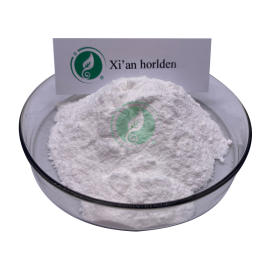-
Categories
-
Pharmaceutical Intermediates
-
Active Pharmaceutical Ingredients
-
Food Additives
- Industrial Coatings
- Agrochemicals
- Dyes and Pigments
- Surfactant
- Flavors and Fragrances
- Chemical Reagents
- Catalyst and Auxiliary
- Natural Products
- Inorganic Chemistry
-
Organic Chemistry
-
Biochemical Engineering
- Analytical Chemistry
- Cosmetic Ingredient
-
Pharmaceutical Intermediates
Promotion
ECHEMI Mall
Wholesale
Weekly Price
Exhibition
News
-
Trade Service
| Research found that rice regulates cell death and stress factors |
Recently, the team of professors Peng Youliang and Zhao Wensheng of China Agricultural University published online research papers in the Journal of Plant Biotechnology
.
This study identified and analyzed a rice natural leaf blight mutant nbl3, and revealed that a PPR protein OsNBL3 is an important factor regulating rice cell death and biotic and abiotic stress
Pentatricopeptide repeat (PPR) protein is a type of protein that is encoded by nuclear genes and functions mostly in mitochondria or chloroplasts.
It is mainly involved in intron splicing, base editing, post-transcriptional modification and translation, and untranslated regions of mitochondrial or chloroplast RNA.
The stability and so on
.
Most of the proteins encoded by mitochondrial genes belong to the subunits of the mitochondrial electron transport respiratory chain (mtETC) complex
Studies have shown that the lack of function of some PPR proteins can affect the integrity of the mitochondrial electron transport chain complex and the proton transfer function, leading to phenotypic defects such as seed and embryo development defects, growth retardation, and sensitivity to abiotic stress and ABA.
However, its relationship with the formation of plant disease spots and defense response is still poorly understood
.
In this study, the researchers identified a natural leaf blight mutant nbl3 from the T-DNA insertion mutant library, which exhibits spontaneous cell death, ROS accumulation, enhanced disease resistance and salt tolerance, and premature aging.
And activate the expression of multiple disease resistance and salt tolerance related genes
.
OsNBL3 encodes a mitochondrial pentapeptide repeat (PPR) protein, which is mainly involved in the splicing of the mitochondrial gene nad5 intron 4
In summary, the results of this study analyze the mechanism of a PPR protein located in the mitochondria, and at the same time, provide new insights into the mechanism of programmed cell death and the response mechanism of plants to biotic and abiotic stresses
.
(Source: Wang Fang, China Science News)
Related paper information: https://doi.
https://doi.
org/10.
1111/pbi.
13659







